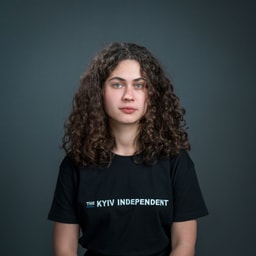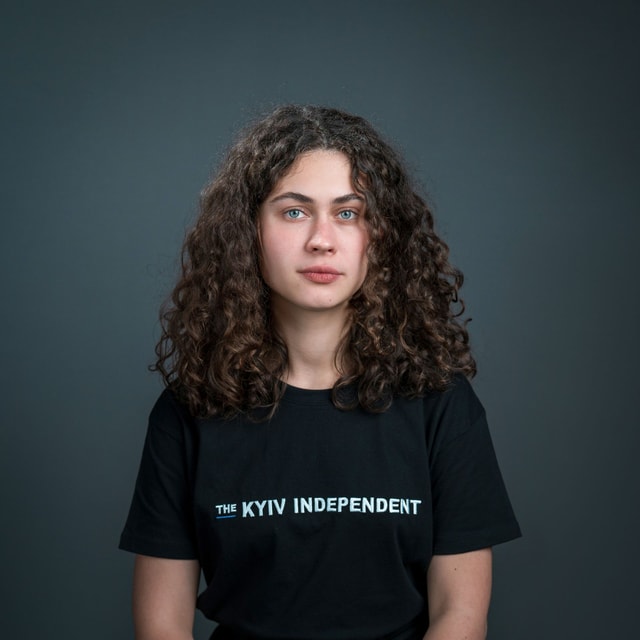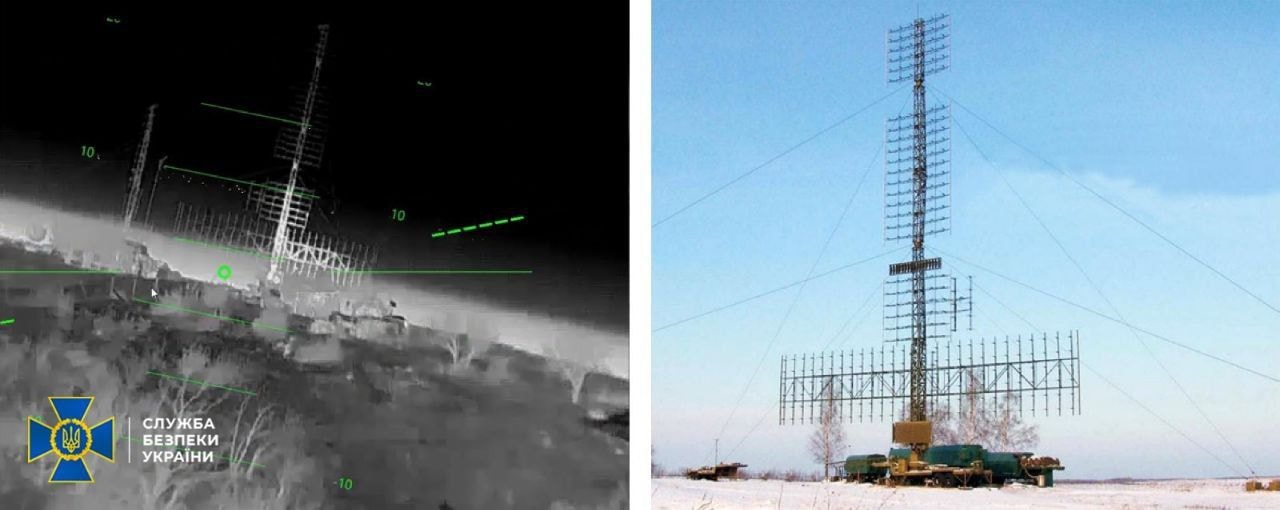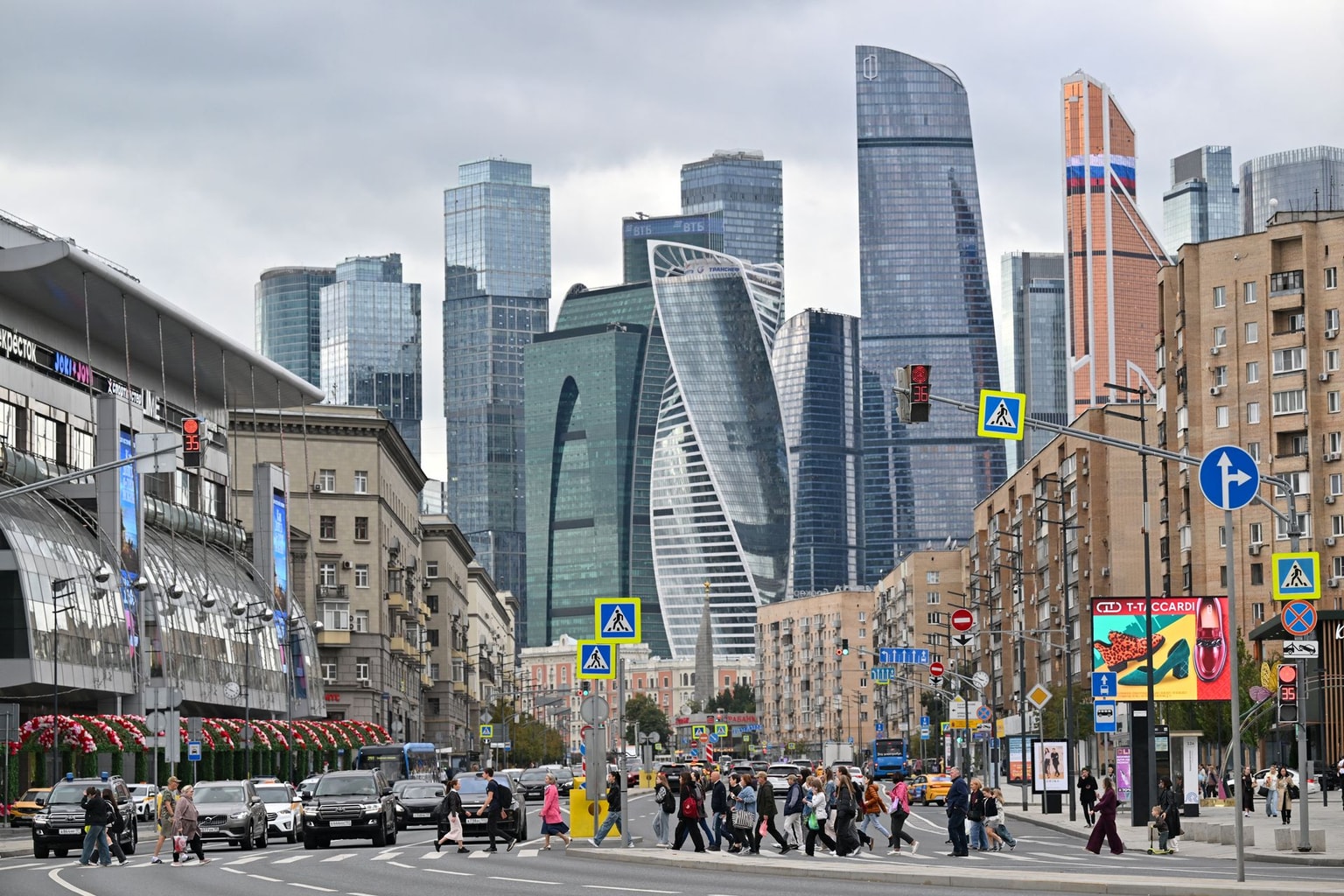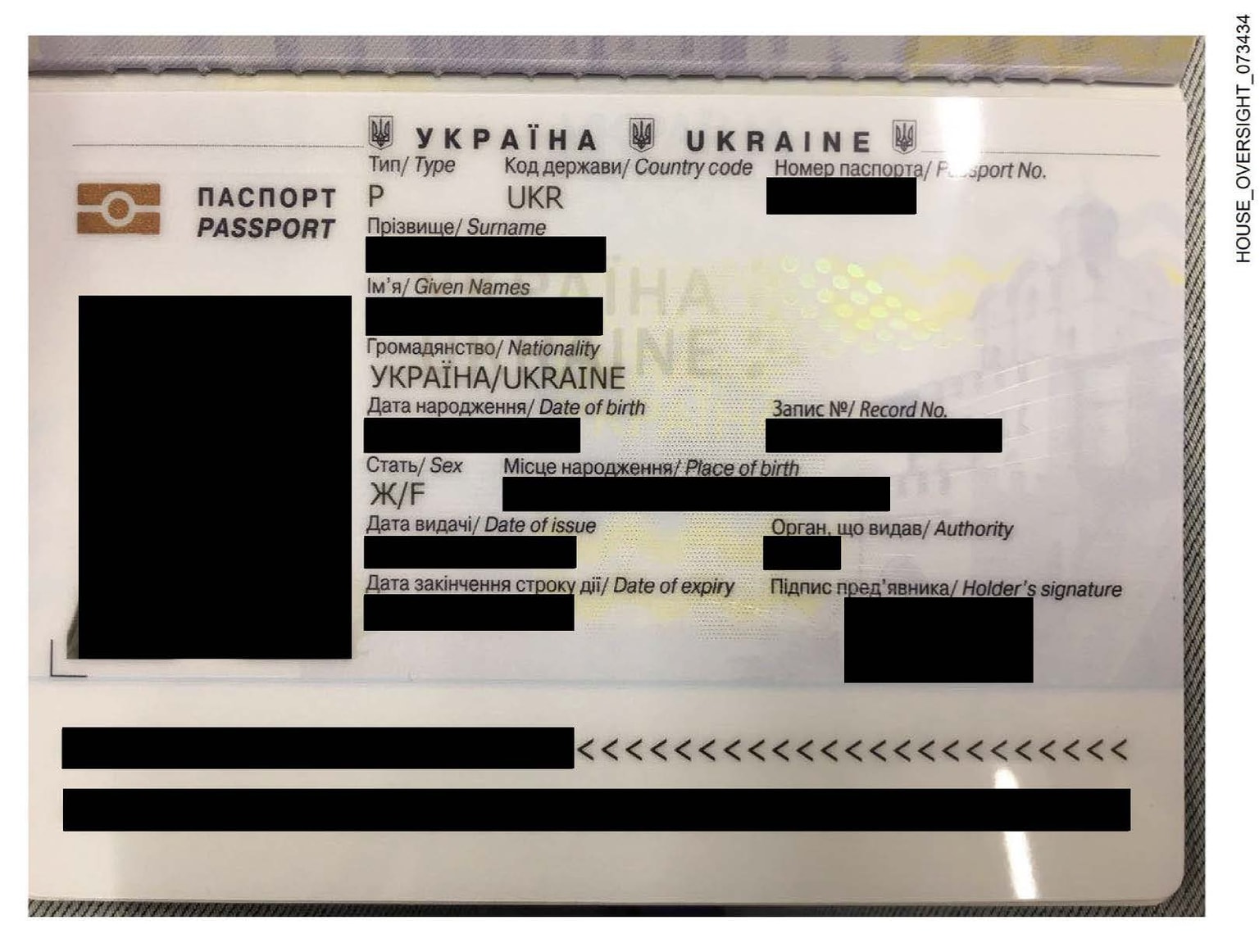Russia is forcing Ukrainians in occupied territories to watch Kremlin TV — but it's not quite going to plan

Russia's attempts to spread Kremlin propaganda in occupied areas of Ukraine by replacing home TV satellite dishes with ones that only receive Russian broadcasts, have been met with resistance from local residents, according to reports from the Ukrainian Resistance Center (URC).
Television, mass and social media are key instruments used to spread Russian propaganda and russify residents of temporarily occupied territories.
In just one week, over 1,000 pieces of equipment that enable access to Ukrainian television were taken away, the URC reported on July 21.
"The goal is to completely cleanse the information space," the URC report says, adding Ukraine's "Horynych" TV dishes are being replaced with Russian versions called "Russkiy mir" (Russian world).
The "Russkiy Mir" satellite project was launched in December 2022, aiming to provide "citizens of new territories" with access to Russian television. The project was implemented by Russian President Vladimir Putin's political coalition, All-Russia People's Front.
The project's official website says it was created specifically for Luhansk, Donetsk, Kherson, Zaporozhia oblasts, and Crimea.
Russia occupied Crimea and partially occupied Luhansk and Donetsk oblasts in 2014. After the full-scale war began, Russia also partially occupied the Kherson and Zaporozhia oblasts. Moscow illegally declared the annexation of the four regions in September 2022, despite not controlling them fully.

The "Russkiy Mir" channel package includes 20 Kremlin state TV channels, 10 regional TV channels from the four occupied oblasts, and 11 "entertainment channels," including ones for children.
On May 7, 2024, the Institute for the Study of War said in a report that "the installation of 'Russkiy Mir' satellites in occupied Ukraine allows the Russian government to directly control what news and media residents are consuming, thereby consolidating control over the information space and platforming Kremlin propaganda as mainstream news."
But residents of the occupied territories have boycotted the replacement by refusing to voluntarily switch to "Russkiy Mir," the URC reported on July 27.
According to the report, the resistance "irritates" the local occupation authorities, and Moscow is dissatisfied with the pace of the project.
The Russian-installed head of occupied Kherson, Volodymyr Saldo, said on June 23 that the Kherson Oblast residents can replace TV equipment for free from July 1 until Nov. 30.
Previously, on Feb. 11, Saldo issued a decree recognizing Ukrainian TV satellites as instruments of "enemy propaganda" and prohibited watching it.
On March 31, Yellow Ribbon resistance movement activists said that residents had been warned of systematic inspections in the occupied part of Kherson Oblast, with fines and forced confiscation imposed on those using satellite dishes capable of receiving Ukrainian broadcasts. Additionally, private homeowners would be required to dismantle any "suspicious" equipment.
Local authorities claimed 25,000 "Russkiy Mir" satellites were installed in Kherson Oblast during 2023 and 2024.
Resistance in Russian-occupied territories is dangerous — anyone deemed to be defying the occupying authorities faces the very real possibility of imprisonment and torture.
During peace negotiations, President Volodymyr Zelensky said on March 12 that Ukraine will not recognize any occupied territories as part of Russia.
As talks proved ineffective, the question of occupation has gradually faded into the background.
